There are six songs to learn and seven dramas to explore, including Alfred the Great, Athelstan, the story of Beowulf (told in three episodes) and the end of the Anglo-Saxon dynasty in 1066 at The Battle of Hastings.
Introducing the Anglo-Saxons with the song 'We are Anglo-Saxons!'
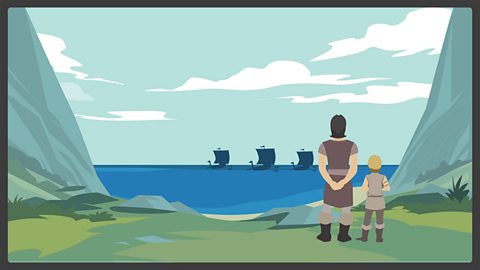
Includes dramas about Alfred and Athelstan and the song 'Alfred the Great'

The first part of 'Beowulf' and the song to learn is about the monster 'Grendel'
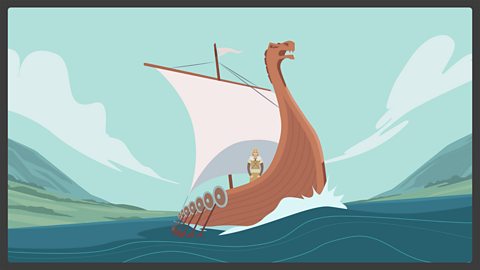
Beowulf arrives to fight with Grendel and the song is 'Beowulf's song'

Beowulf must fight with another monster and the song is 'The revenge of Grendel's mother'
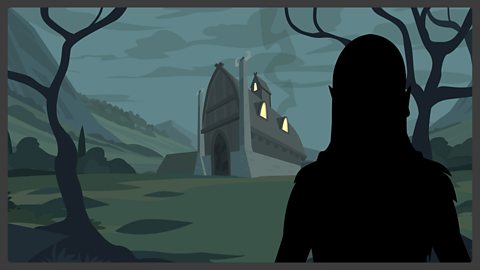
Finding out how the Norman Conquest ended the Anglo-Saxon dynasty in 1066
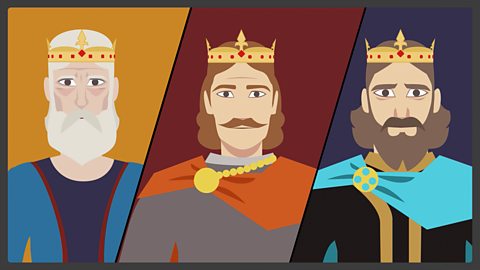
Using the Anglo-Saxons web pages
The content for The Anglo-Saxons is structured on the six songs to learn. Each song appears on its own dedicated page and includes the following resources, which are currently a mix of audio and video:
- Song tutorial - each about 10 minutes in length (audio)
- Karaoke full vocal version of the song (video with lyrics text)
- Drama episode (video)
- Music activity - each about 5 minutes in length (audio)
- Listening music to appraise - a mix of video files and external links
- Lyrics for each song to display or download (pdf)
- A transcript of the drama episode (pdf)
- Teacher Notes describing all the content and how best to use it (pdf)
Use the Tutorial audio to begin learning each song: Nigel Pilkington guides pupils through each song methodically, giving extra attention to any difficult passages or activities in groups. Refer to the for each song to establish whether the class needs to be split into groups before starting the tutorial (for example to sing in harmony).
Use the Drama episode to listen the story element. Each episode links to the song on the same page and is about 5 minutes long.
Use the Full vocal versions of the songs to revise them in preparation for a performance.
The Anglo-Saxon story of 'Beowulf'
Beowulf is one of the most important texts in Old English and is believed to date from somewhere between 975 and 1025 - the time of Alfred, Athelstan and the Anglo-Saxons. The author is unknown.
The poem consists of 3,182 lines and exists in a single copy, housed in the .
The events of the poem are set in Scandanavia. Hrothgar - King of the Danes - builds a mead hall called Heorot but comes under attack from a monster called Grendel. Beowulf, a prince of Geatland, hears of the Danes’ suffering and sails to their assistance.
Beowulf and his men spend the night in Heorot waiting for the inevitable attack. When Grendel breaks in Beowulf seizes the monster by the arm and will not let it go. Eventually Grendel’s arm is severed and the monster limps away to die.
The Danes and Geats celebrate their victory not knowing that Grendel’s mother is also about to terrorise Heorot, seeking vengeance for the death of her son. Beowulf tracks her to her underwater cave and fights her.
In the original poem Beowulf returns to Geatland and, fifty years later as king, must fight a dragon. The dragon is killed but Beowulf has received a mortal wound. He dies and is ritually burned on a great funeral pyre.
Series resources
Download / print (pdf)

Extracts from the six songs. video
Listen to short extracts from all six songs from the series

Join Nigel for his brief vocal warm up

More content from KS2 Music
Video resources with songs and activities linking to the history topic Vikings.

Age 7 - 11. Video resources exploring R L Stevenson's classic story through music.
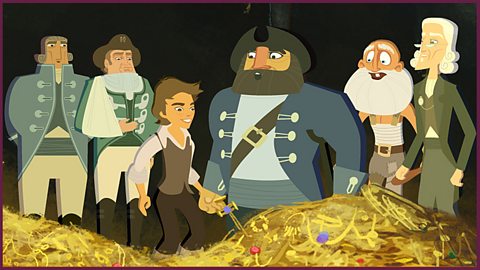
Age 7 - 11. Video resources with songs, tutorials and the story of The Trojan War.
